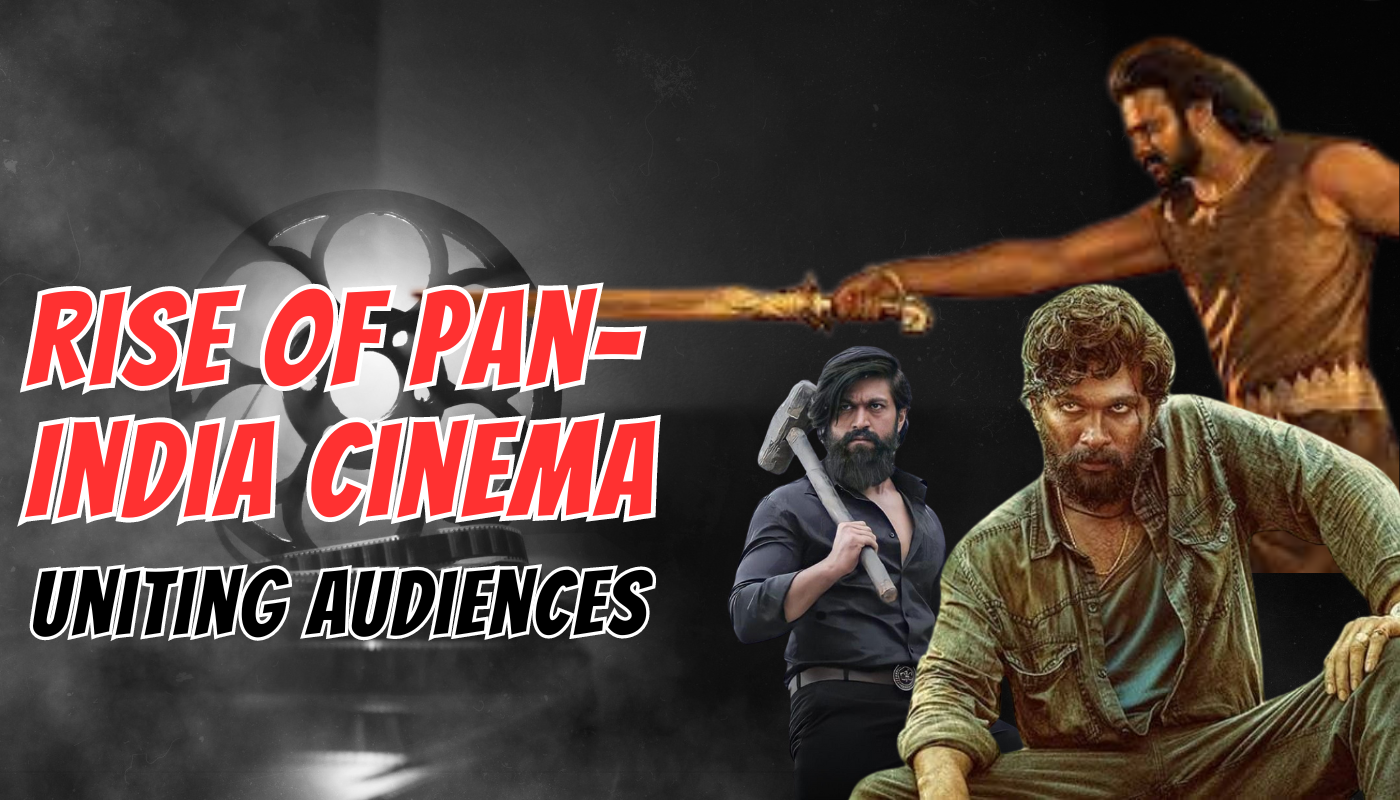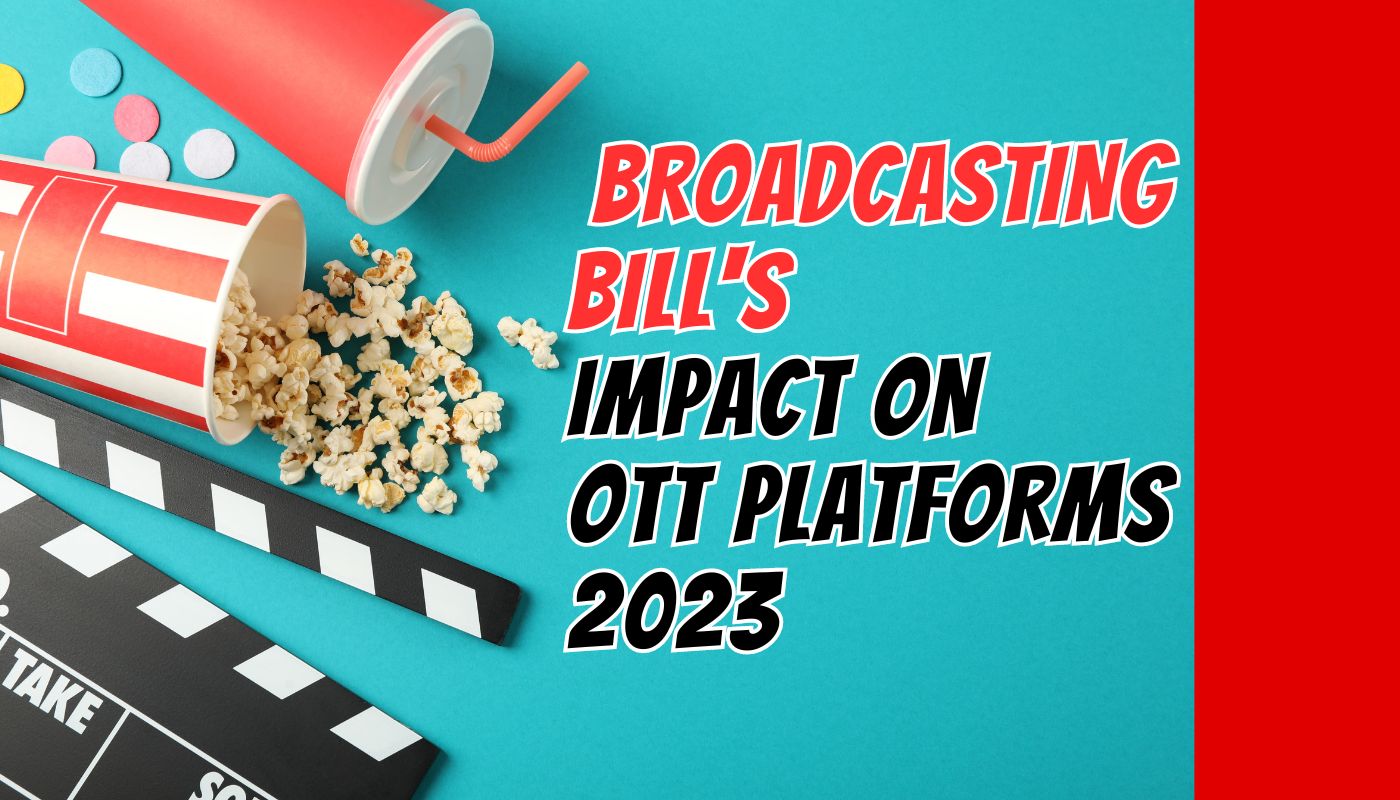MUMBAI: Qube Cinema – the Digital Cinema Server developed by Real Image, is making impressive strides in India and abroad. With over 100 films to their credit and over 200 theatres installed with the Qube Digital Cinema Servers across screens in USA, Europe and India; Real Image has aggressive plans to digitize many more screens across the globe in the coming years.
A large cinema chain in the United States have rolled out over 35 screens using the Qube technology in their first phase and several Hollywood and independent films have been released on this circuit. A Digital Cinema network in Portugal has also gone live with this technology. The Qube Digital Cinema Server is now an approved vendor for Disney, capable of playing back Hollywood films as per their stringent specifications.
But there are several companies in the market today who have announced that they have digitally equipped theatres to offer producers and distributors for the digital release of their movies. So is Real Image one of them or is there a difference?
“Real Image is the only Indian organization to develop its own Digital Cinema technology. This technology is not just about selling a Digital Cinema player to the theatre – Real Image’s solution starts right from mastering a film digitally to encoding the film to encrypting it so it cannot be illegally screened and then delivering the film through satellite or hard disc to the theatres and finally providing the playback systems in the theatres. So while many players are offering digitally enabled cinemas, Real image is the actual technology provider/partner behind many of these roll outs,” informs Real Image chief marketing officer Raja Enok.
“We have covered over 100 screens in Tamil Nadu till date, and these screens are all release screens. We have commenced roll-out in other southern states as well, and will have good coverage of this region soon. Satellite connectivity is also being setup in parallel, to deliver data and manage and playout media at the site,” adds Enok.
In addition, Qube has been chosen as the technology provider for the E-City Digital Films roll out of 500 Digital Cinemas across India. Thirty-five screens have already been completed in the first phase. “In the next two quarters, 100 screens will be installed in UP, Maharashtra and Gujarat and over the next two years they will cover 500 cinemas,” Enok says.
Where a normal film print costs approximately Rs 60,000 – 80,000 for a producer and amounts to a substantial portion of a films production cost, the cost of a digital copy is much less.
“The digital copy is distributed based on the model of charging a Virtual Print Fee (VPF), which costs a fraction of the cost of a celluloid print. This cost saving, gives the producer/distributor the option to either save on print cost or increase the coverage of his film by releasing in more screens digitally,” explains Enok.
“This has the potential to accelerate returns on investment within the first two weeks of the movie’s release when publicity is at its peak and the adverse impact of any video piracy is still limited,” he adds.
While this quality is at least as good as that of a film print, in many cases, it is much better. This is because the projectors used in cinema theatres date way back in time with old lenses and unstable picture gates. Thus the images from even the best film prints are lost in reproduction. This scenario, however, does not arise with Digital Cinema where the clarity of the images is the same on the 100th screening as it is on the very first – devoid of any scratches or glitches.
For Digital Cinema technology there exists internationally accepted standards voluntarily being followed called the MPEG MXF Interop. The eventual industry standard to be followed is based on DCI specifications called JPG2000 and framed under the patronage of the large studios of Hollywood.
“To achieve this status, Real Image participated in the MPEG MXF Interop Initiative along with leading server manufacturers in the world and every Qube plays back an MPEG MXF Interop file, which is the current voluntary standard internationally. Today Qube is also capable of JPEG2K file format as it moves towards DCI compliance,” Enok concludes.



